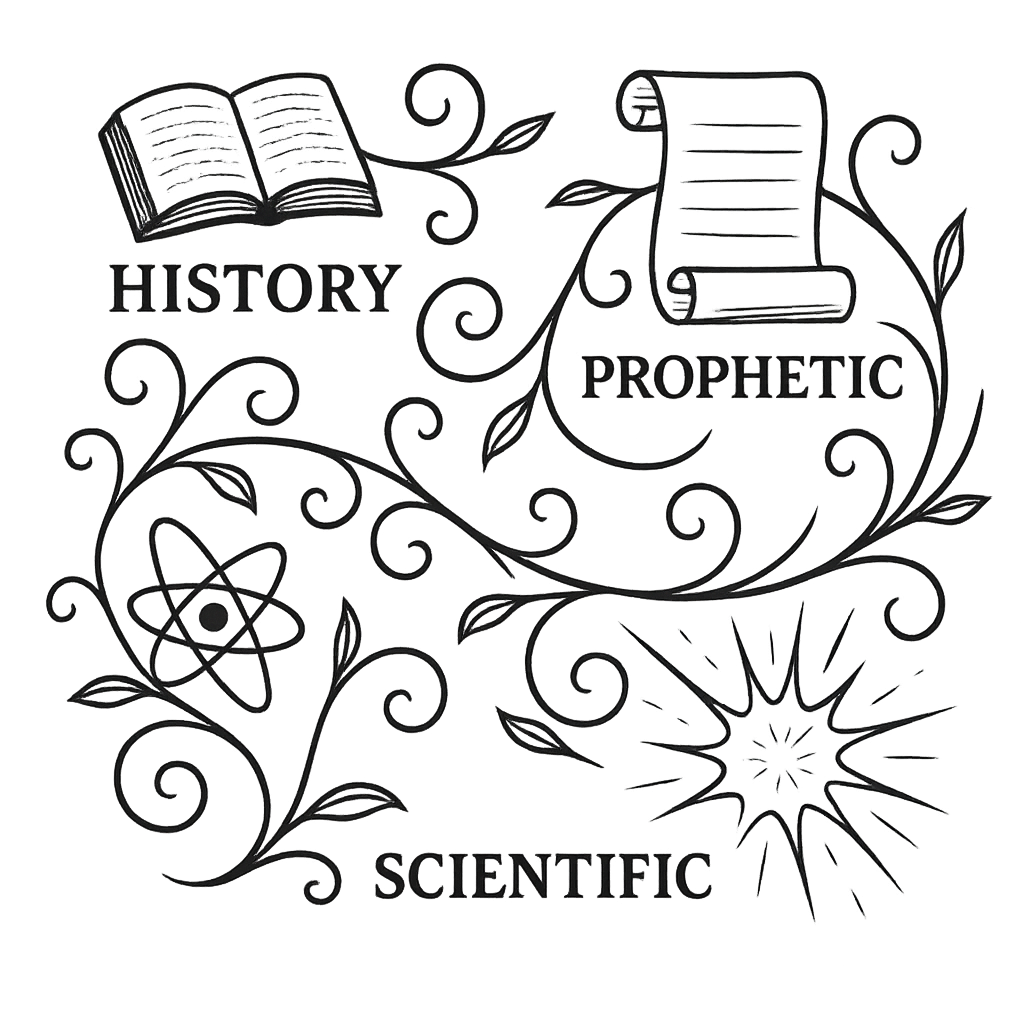The story of the king who enters Jerusalem riding a donkey is one of the most striking and widely recognized Messianic prophecies in the Hebrew Scriptures. The Zechariah 9:9 prophecy foretells a ruler who will arrive not with military might, but with humility, righteousness, and peace. The Gospels present Jesus’ triumphal entry into Jerusalem as the ultimate fulfillment of this prophecy.
✨ Prophecy: Zechariah’s Vision of the King
📖 Zechariah 9:9:
“Rejoice greatly, O daughter of Zion! Shout aloud, O daughter of Jerusalem! Behold, your king is coming to you; righteous and having salvation is he, humble and mounted on a donkey, on a colt, the foal of a beast of burden.” (ESV)
Context:
- Zechariah was a prophet (6th century BCE) speaking to the returned exiles in Jerusalem.
- The prophecy contrasts the expected militaristic kings of the era with a king who embodies humility, righteousness, and peace.
- Riding a donkey, rather than a war horse, symbolized servant leadership and the pursuit of peace, not conquest (Haran, The Israelite Monarchies).
Themes:
- Humility: The king will be lowly, approachable, and aligned with God’s justice.
- Righteous victory: Salvation is achieved not through military strength but divine authority.
- Universal recognition: The rejoicing of “Daughter Zion” and “Daughter Jerusalem” signals the king’s acceptance by the people.
✡️ Early Jewish Interpretations
Jewish sources have historically seen Zechariah 9:9 as Messianic, though interpretations varied:
- Rabbinic tradition: Some Talmudic commentators connected the prophecy to a future king from David’s line who would bring peace, restore Israel, and establish God’s justice. The focus was on a ruler who would deliver Israel without violence (Babylonian Talmud, Sanhedrin 98a).
- Medieval commentators: Rashi and Ibn Ezra highlighted the symbolism of the donkey, noting that the king’s humility and righteousness would distinguish him from worldly rulers.
- Broader Jewish perspective: While many saw the prophecy as Messianic, they did not link it to a specific historical figure; rather, it was a hope for a righteous and peaceful leader in the future (Jewish Virtual Library, “Messianic Prophecies”).
Thus, long before the Gospels, Jewish readers recognized a prophetic expectation of a humble yet victorious king.
✝️ Fulfillment in the Gospels
The New Testament authors explicitly connect Zechariah’s prophecy with Jesus’ triumphal entry:
- Matthew 21:5–9 (ESV) – Matthew quotes Zechariah 9:9 directly:
“Say to the daughter of Zion, ‘Behold, your king is coming to you, humble, and mounted on a donkey, on a colt, the foal of a beast of burden.’”
The crowds responded: “Hosanna to the Son of David! Blessed is he who comes in the name of the Lord! Hosanna in the highest!” - Mark 11:1–11, Luke 19:28–44, John 12:12–19 – Each Gospel presents the narrative with consistent details: Jesus sends disciples to fetch a colt, enters Jerusalem riding it, and is greeted by crowds waving palm branches and shouting “Hosanna!”
Key Observations & Fulfillments:
- Humility fulfilled: Jesus’ choice of a donkey over a horse aligns perfectly with Zechariah’s vision.
- Righteous authority: The crowd recognizes Him as king, yet His kingship is spiritual, not militaristic.
- Divine timing: The entry occurs days before His crucifixion, highlighting the paradox of the suffering yet victorious Messiah.
📖 Summary
Zechariah 9:9 foretold the coming of a humble, righteous, and victorious king, and Jesus’ triumphal entry into Jerusalem demonstrates a clear and unmistakable fulfillment of this Messianic prophecy. Historically and culturally, kings in the ancient Near East rode war horses to display power and dominance, yet Jesus deliberately chose a donkey, signaling a radically different form of kingship rooted in peace, humility, and service.
The Gospel accounts make this fulfillment explicit: Matthew quotes Zechariah directly, while Mark, Luke, and John narrate Jesus sending His disciples to fetch the colt, riding into the city, and being greeted by crowds waving palm branches and shouting “Hosanna!” Every detail — the colt, the timing during Passover, the acclaim of the people — aligns with the prophecy, showing both a literal and symbolic realization of God’s promise.
his event continues to remind readers that God’s plans often unfold through the unexpected, highlighting His values of justice, humility, and servant-leadership, and reinforcing that Jesus’ life and actions embody the very essence of the promised Messiah.
📚 References
- Zecharaiah 9:9, Matthew 21:1-11, Mark 11:1-11, Luke 19:28-44, John 12:12-19 (ESV)
- Kenneth Bailey, Jesus Through Middle Eastern Eyes (2008).
- Jewish Virtual Library, Messianic Prophecies.

Leave a Reply